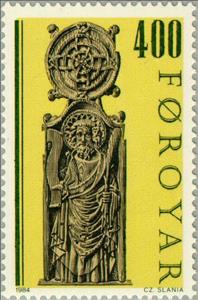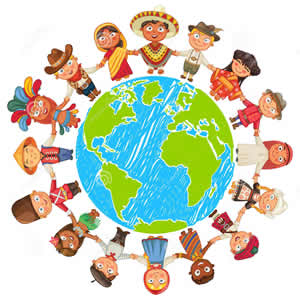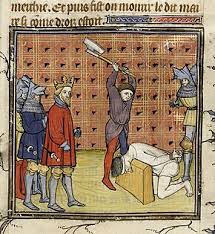Stamp: Church chairs - Olafchurch in Kirkjubour (II) (Faroe Islands 1984)
Church chairs - Olafchurch in Kirkjubour (II) (Faroe Islands 1984)
01 January (Faroe Islands ) within release Theme goes into circulation Stamp Church chairs - Olafchurch in Kirkjubour (II) face value 400 Faroese oyra
| Stamp Church chairs - Olafchurch in Kirkjubour (II) in catalogues | |
|---|---|
| Michel: | Mi:FO 96 |
Stamp is vertical format.
Also in the issue Theme:
- Stamp - Church chairs - Olafchurch in Kirkjubour (II) face value 250;
- Stamp - Church chairs - Olafchurch in Kirkjubour (II) face value 300;
- Stamp - Church chairs - Olafchurch in Kirkjubour (II) face value 350;
- Stamp - Church chairs - Olafchurch in Kirkjubour (II) face value 400;
- Stamp - Authors (I) face value 250;
- Stamp - Authors (I) face value 300;
- Stamp - Authors (I) face value 450;
- Stamp - Fishing face value 12;
- Stamp - Fairy tales face value 280;
- Stamp - Fairy tales face value 280;
- Stamp - Fairy tales face value 280;
- Stamp - Fairy tales face value 280;
- Stamp - Fairy tales face value 280;
Stamp Church chairs - Olafchurch in Kirkjubour (II) it reflects the thematic directions:
Sculpture is the branch of the visual arts that operates in three dimensions. Sculpture is the three-dimensional art work which is physically presented in the dimensions of height, width and depth. It is one of the plastic arts. Durable sculptural processes originally used carving (the removal of material) and modelling (the addition of material, as clay), in stone, metal, ceramics, wood and other materials but, since Modernism, there has been almost complete freedom of materials and process. A wide variety of materials may be worked by removal such as carving, assembled by welding or modelling, or moulded or cast.
A culture is a way of life of a group of people--the behaviors, beliefs, values, and symbols that they accept, generally without thinking about them, and that are passed along by communication and imitation from one generation to the next. Culture is symbolic communication. --the behaviors, beliefs, values, and symbols that they accept, generally without thinking about them, and that are passed along by communication and imitation from one generation to the next. Culture is symbolic communication.
Religion is any cultural system of designated behaviors and practices, world views, texts, sanctified places, ethics, or organizations, that relate humanity to the supernatural or transcendental. Religions relate humanity to what anthropologist Clifford Geertz has referred to as a cosmic "order of existence". Different religions may or may not contain various elements ranging from the "divine", "sacred things", "faith", a "supernatural being or supernatural beings" or "some sort of ultimacy and transcendence that will provide norms and power for the rest of life". Religious practices may include rituals, sermons, commemoration or veneration (of deities), sacrifices, festivals, feasts, trances, initiations, funerary services, matrimonial services, meditation, prayer, music, art, dance, public service, or other aspects of human culture. Religions have sacred histories and narratives, which may be preserved in sacred scriptures, and symbols and holy places, that aim mostly to give a meaning to life. Religions may contain symbolic stories, which are sometimes said by followers to be true, that have the side purpose of explaining the origin of life, the Universe and other things. Traditionally, faith, in addition to reason, has been considered a source of religious beliefs. There are an estimated 10,000 distinct religions worldwide. About 84% of the world's population is affiliated with one of the five largest religions, namely Christianity, Islam, Hinduism, Buddhism or forms of folk religion.
In the history of Europe, the Middle Ages or medieval period (also spelt mediaeval or mediæval) lasted approximately from 500 AD to 1500, although some prefer other start and end dates. The Middle Ages is the second of the three traditional divisions of Western history: antiquity, medieval, and modern. Major developments include the predominance of agriculture in the economy, the exploitation of the peasantry, slow interregional communication, the importance of personal relationships in power structures, and the weakness of state administration. The period is sometimes subdivided into the Early, High, and Late Middle Ages, and the early medieval period is alternatively referred to as the Dark Ages.



